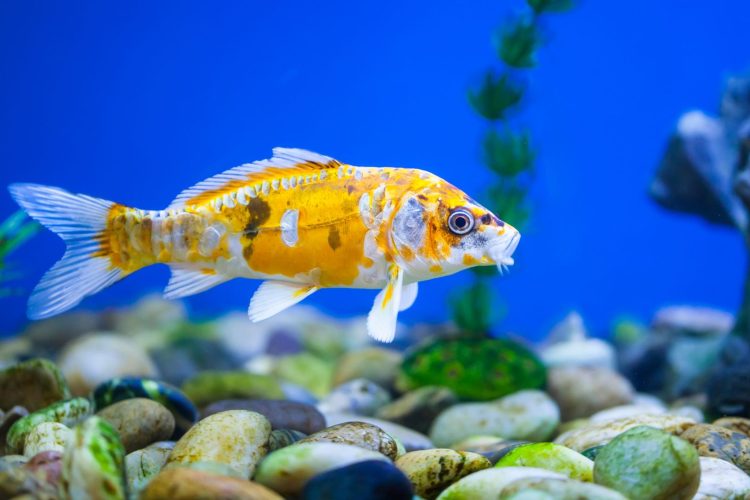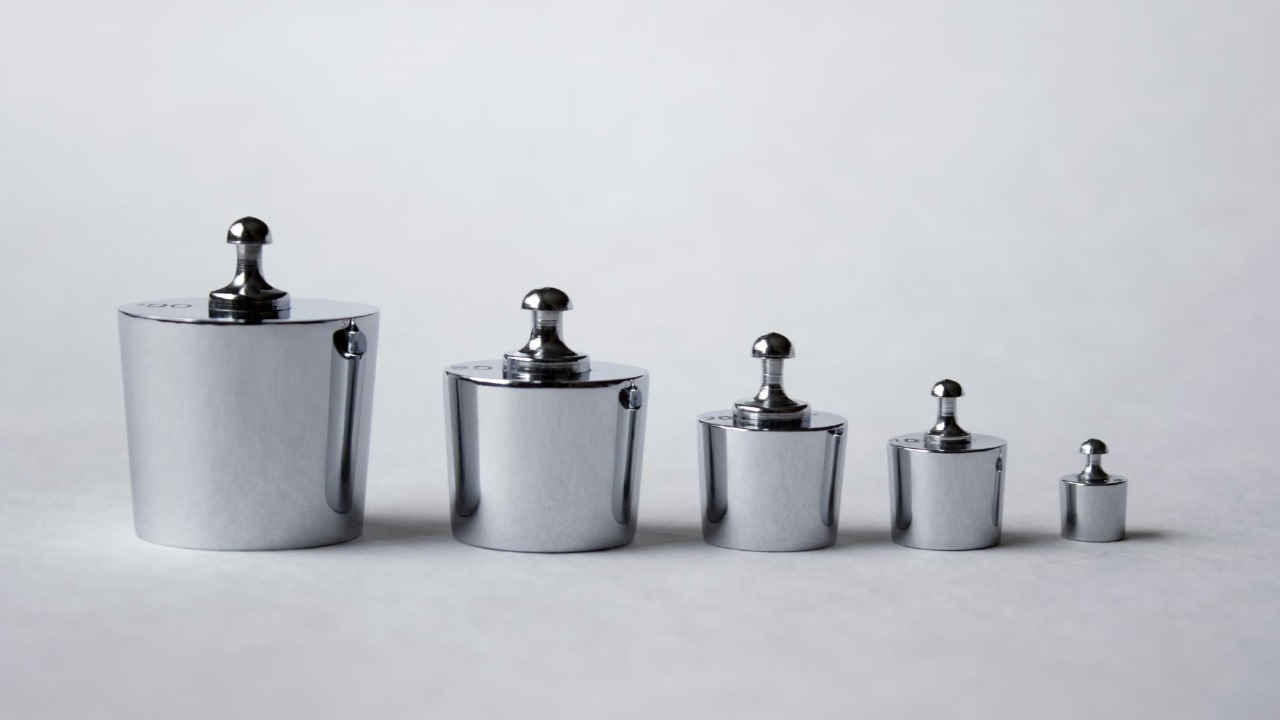
Import of Ornamental Fishes into India
Ornamental fish is often used as a generic term to describe aquatic animals kept in the aquarium,
including fishes, invertebrates such as corals, crustaceans (e.g., crabs, hermit crabs, shrimps),
mollusks (e.g., snails, clams, scallops) and also live rock.
Domestic market for ornamental fish in India is much promising due to availability of considerable number of indigenous ornamental fish of high value which has contributed greatly for the development of ornamental fish industry in India. However, there is a great demand for exotic fishes due to its variety of colour, shape, appearance. It has been estimated that more than 300 species of exotic variety are already present in the ornamental fish trade in India and still there is great market demand for exotic fishes.
With expected increase in the international trade and introduction of exotic ornamental fishes, there is a likelihood of increased negative impact like genetic contamination, disease introduction and ecological interaction with possible threat to native germ plasm.
The Department of Animal Husbandry, Dairying and Fisheries (DAHDF), Ministry of Agriculture in consultation with National Bureau of Fish Genetic Resources (NBFGR), Central Marine Fisheries Research Institute (CMFRI) and Central Institute of Brackishwater Aquaculture (CIBA) has formulated guidelines for regulations of introduction of exotic aquatic ornamental animals for effective control and management of species introduction.
Import of ornamental fish species falling under any or all of the following categories shall not be allowed:
1. Aquatic organism identified as dangerous as it:
a) Can cause injury to human beings (possess venomous spines/poisonous flesh/toxins/special defense mechanism);
b) Has possibilities of attacking and inflicting injuries to human beings and animals;
c) Is a known vector or carrier of pathogens.
2. Species as listed under the Convention on International Trade in Endangered Species (CITES) or in the threatened list of International Union for Conservation of Nature (IUCN) or that of the exporting country’s threatened list. However, if the source of the endangered fish is cultured and the exporting country’s competent authority certifies it, then it can be permitted;
3. Species under any other ban imposed on the import due to national legislation or international treaties/conventions;
4. Invasive species exhibiting well documented deleterious impacts in India or other countries having environmental conditions similar to India;
5. The imported fishes shall not be genetically modified varieties.
Ornamental fishes may be imported into India subject to Sanitary Import Permit (SIPs) issued by the Joint Secretary, Trade Division, Department of Animal Husbandry, Dairying and Fisheries (DADF) as well as other procedural requirements for such import including a Restricted Import License issued by the Directorate General of Foreign Trade (DGFT) based on the NOC issued by Department of Animal Husbandry, Dairying & Fisheries (DADF) alongwith pre-quarantine certificate issued by the competent authority of exporting country stating that the farm (from where the consignment is exported) is covered under their national aquatic animal health surveillance or a pre-quarantine certificate. After satisfactory completion of quarantine, the consignment should be released to the importer with quarantine certificate. In case the consignment does not pass quarantine, the entire consignment shall be destroyed at importers cost.
Domestic market for ornamental fish in India is much promising due to availability of considerable number of indigenous ornamental fish of high value which has contributed greatly for the development of ornamental fish industry in India. However, there is a great demand for exotic fishes due to its variety of colour, shape, appearance. It has been estimated that more than 300 species of exotic variety are already present in the ornamental fish trade in India and still there is great market demand for exotic fishes.
With expected increase in the international trade and introduction of exotic ornamental fishes, there is a likelihood of increased negative impact like genetic contamination, disease introduction and ecological interaction with possible threat to native germ plasm.
The Department of Animal Husbandry, Dairying and Fisheries (DAHDF), Ministry of Agriculture in consultation with National Bureau of Fish Genetic Resources (NBFGR), Central Marine Fisheries Research Institute (CMFRI) and Central Institute of Brackishwater Aquaculture (CIBA) has formulated guidelines for regulations of introduction of exotic aquatic ornamental animals for effective control and management of species introduction.
Import of ornamental fish species falling under any or all of the following categories shall not be allowed:
1. Aquatic organism identified as dangerous as it:
a) Can cause injury to human beings (possess venomous spines/poisonous flesh/toxins/special defense mechanism);
b) Has possibilities of attacking and inflicting injuries to human beings and animals;
c) Is a known vector or carrier of pathogens.
2. Species as listed under the Convention on International Trade in Endangered Species (CITES) or in the threatened list of International Union for Conservation of Nature (IUCN) or that of the exporting country’s threatened list. However, if the source of the endangered fish is cultured and the exporting country’s competent authority certifies it, then it can be permitted;
3. Species under any other ban imposed on the import due to national legislation or international treaties/conventions;
4. Invasive species exhibiting well documented deleterious impacts in India or other countries having environmental conditions similar to India;
5. The imported fishes shall not be genetically modified varieties.
Ornamental fishes may be imported into India subject to Sanitary Import Permit (SIPs) issued by the Joint Secretary, Trade Division, Department of Animal Husbandry, Dairying and Fisheries (DADF) as well as other procedural requirements for such import including a Restricted Import License issued by the Directorate General of Foreign Trade (DGFT) based on the NOC issued by Department of Animal Husbandry, Dairying & Fisheries (DADF) alongwith pre-quarantine certificate issued by the competent authority of exporting country stating that the farm (from where the consignment is exported) is covered under their national aquatic animal health surveillance or a pre-quarantine certificate. After satisfactory completion of quarantine, the consignment should be released to the importer with quarantine certificate. In case the consignment does not pass quarantine, the entire consignment shall be destroyed at importers cost.
Packaging and Transport:
1. The packaging shall facilitate easy inspection of the consignment by the Quarantine Officer
at the port of entry.
2. The ornamental fish to be imported must be packaged in leak-proof bags, each bag containing only one species, must not be exceeded the standard stocking density. The bag must be transparent to enable proper inspection and identification of the aquatic animals and must not contain any extraneous matter, unapproved plant material, pests or unauthorized species.
3. Each bag must be placed within polystyrene boxes or cartons fitted with a plastic inner lining. Each box or carton must be clearly identified with label mentioning name and number of fish species and identification number of each box/carton. In case, any sedative/anaesthetic has been used during transport, it should be clearly mentioned in the packaging list.
2. The ornamental fish to be imported must be packaged in leak-proof bags, each bag containing only one species, must not be exceeded the standard stocking density. The bag must be transparent to enable proper inspection and identification of the aquatic animals and must not contain any extraneous matter, unapproved plant material, pests or unauthorized species.
3. Each bag must be placed within polystyrene boxes or cartons fitted with a plastic inner lining. Each box or carton must be clearly identified with label mentioning name and number of fish species and identification number of each box/carton. In case, any sedative/anaesthetic has been used during transport, it should be clearly mentioned in the packaging list.
Trans-shipment:
In case of transshipment the consignment should be held in a sterile area of the trans-shipment
point.
Quarantine:
The imported fishes would undergo quarantine in approved quarantine premises as follows:
a) Gold fish – 21 days;
b) Other ornamental fishes – 15 days
a) Gold fish – 21 days;
b) Other ornamental fishes – 15 days
Penalties for violations
1. The importer shall keep in mind the biosafety, biohazards and economic interest of the
nation. Any biosafety and other related hazards arising out of release of the imported fish
into the natural waters entirely the responsibility of importer/importing
organization/indenter and should be liable to be proceeded against with the accordance
with the relevant rules of Government of India.
2. In case, the consignment does not pass quarantine, the entire consignment shall be destroyed at importers cost as per the prescribed protocols.
3. If during the course of inspection, it comes to the notice of the Competent Authority that the importer wilfully suppressed certain important information/deliberately furnished wrong information or that the species sought to be imported and the one actually imported are not the same or that the species sought to be imported and the one actually imported are not the same or that the imported specimens also consist of species for which approval has not been obtained, the import permit shall be cancelled forthwith and all the specimens imported destroyed without any notice to or permission of the importer.
4. The importer shall take abundant care to prevent any accidental escape and wilful release of the exotic ornamental fish into natural waters. In spite of this in the event of accidental escape/ wilful release of fish into natural waters, the matter should be reported to the competent authority and the nearest quarantine centre.
2. In case, the consignment does not pass quarantine, the entire consignment shall be destroyed at importers cost as per the prescribed protocols.
3. If during the course of inspection, it comes to the notice of the Competent Authority that the importer wilfully suppressed certain important information/deliberately furnished wrong information or that the species sought to be imported and the one actually imported are not the same or that the species sought to be imported and the one actually imported are not the same or that the imported specimens also consist of species for which approval has not been obtained, the import permit shall be cancelled forthwith and all the specimens imported destroyed without any notice to or permission of the importer.
4. The importer shall take abundant care to prevent any accidental escape and wilful release of the exotic ornamental fish into natural waters. In spite of this in the event of accidental escape/ wilful release of fish into natural waters, the matter should be reported to the competent authority and the nearest quarantine centre.
Conclusion:
If you are considering the business of importing ornamental fishes, it would be wise to familiarise
yourself with the regulations laid down by the DADF before importing.
The content of this article is intended to provide a general guide to the subject matter. Specialistadvice should be sought about your specific circumstances.
Leave A Comment Cancel reply
Popular Post
1

2

3




0 Comments